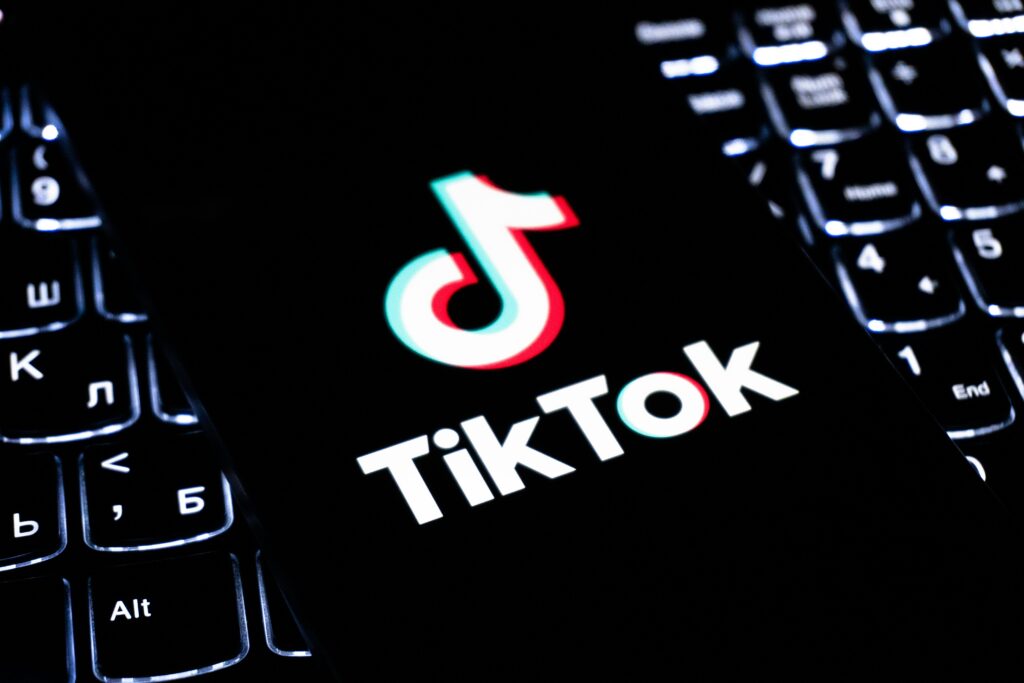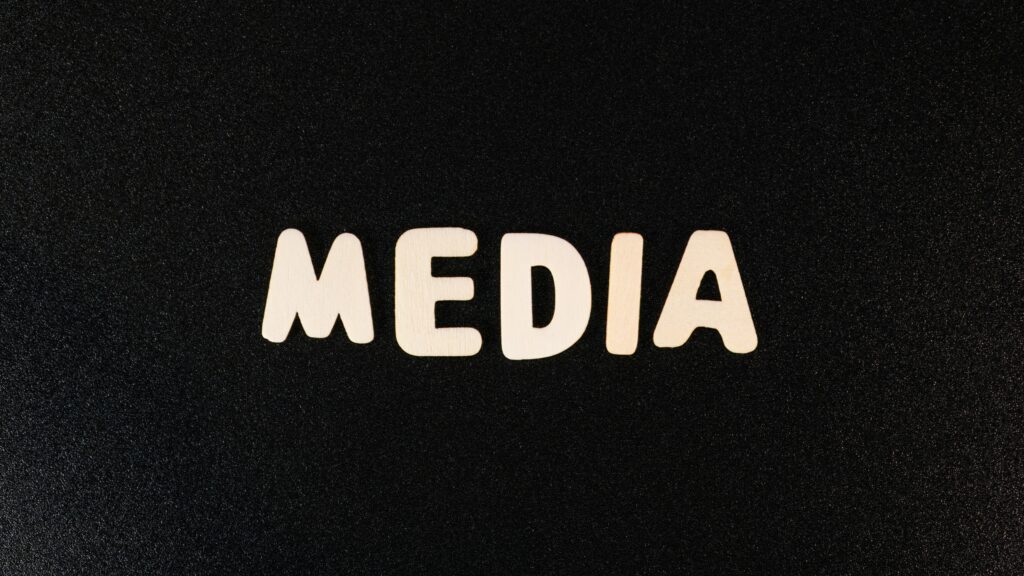Introduction: Why This Intersection Matters Now
Media isn’t what it used to be. In the past, you had gatekeepers—big publishers, studios, networks. Now, content gets made faster, cheaper, and by more people than ever. What’s changed? Technology. From AI editing tools to streaming platforms to algorithm-driven discovery, tech is driving everything. And it’s not slowing down.
This convergence—where media and technology collide—is redefining how stories are told, how audiences find them, and even who’s considered a creator. Content isn’t just produced. It’s optimized and personalized in real time. Distribution is no longer about airtime; it’s about the algorithm. Consumption? It’s happening on smartphones, smart TVs, in VR headsets, and through interactive formats that blur the line between viewer and participant.
For creators and media professionals, staying informed isn’t optional. It’s the difference between adapting and disappearing. The ground is shifting. The ones who understand the tools—and how to move with them—are the ones who’ll stay ahead.
Real-Time Content Creation and Automation
Speed isn’t a luxury—it’s table stakes. Today, AI-driven tools are reshaping how media gets made, especially when it comes to editing, scripting, and translating content. Vloggers, journalists, and publishers are using generative AI to churn out rough cuts, draft voiceovers, and auto-subtitle in multiple languages—often in minutes. It’s not about replacing people; it’s about trimming the fat.
Automated content pipelines and AI-assisted newsrooms are now real operational models. Breaking news doesn’t wait, and neither does the market. When a story hits, the race isn’t just who publishes first—it’s who sounds right, gets found, and earns trust all in the same breath. Faster workflows mean faster reactions, which—when done well—can translate to serious reach and relevance.
But here’s the guardrail: automation doesn’t get to decide what matters. It can draft a headline, but it can’t know if that headline is fair. It can suggest a cut, but it can’t feel your audience. That’s the line. The best creators use AI to accelerate—not to replace—their instincts and ethics.
In digital publishing, time to value isn’t just fast delivery. It’s fast with meaning. Tools can help. Judgment still has to lead.
Personalization Powered by Data
In the modern media landscape, data isn’t just helpful—it’s the backbone of content strategy. Advanced analytics track everything: what people click, where they stop watching, what they binge, and what they skip. Media outlets use that intel not just to respond but to predict. Headlines, thumbnails, story angles—everything gets fine-tuned based on what the numbers say is working.
Recommendation engines, powered by machine learning, are shaping what audiences see long before they see it. Whether it’s YouTube suggesting your next video or a news app curating your morning reads, the algorithm decides before you do. Influence has shifted slightly from editors and creators to predictive models. Content lives or dies based on how well it aligns with data-fed pathways.
The upside? Viewers get quicker access to stuff they care about. Content feels more relevant, feed after feed. But the trap is over-engineering—when media outlets follow the numbers so tightly that nuance, diversity, and surprise disappear. That’s when personalization becomes a sandbox instead of a gateway.
Some publishers are finding the balance. Take The Washington Post’s use of machine learning to craft user-specific topic feeds, or how Netflix experiments with thumbnail variations based on viewing history. These aren’t novelty features—they’re how today’s leading platforms make personalization feel smart, not creepy.
The bottom line: Data is driving decisions, but the winning strategies still leave room for instinct, creativity, and human touch.
Immersive Tech: AR, VR & Interactive Storytelling
Immersive media isn’t new, but in 2024, it’s finally moving from novelty to storytelling muscle. The goal: shift viewers from passive observers to active participants. Creators are experimenting with augmented reality overlays that layer data onto real-world footage, 360-degree video that lets audiences explore spaces on their own terms, and branching narratives that put viewers in control of the storyline. Journalism, film, and even education are being disrupted by this shift—not in theory, but in practice.
Newsrooms are testing AR-powered explainer videos. Indie filmmakers are releasing interactive, choose-your-ending shorts. Streamers are dabbling in VR-enhanced content. It’s scraping away the old fourth wall and rebuilding something more fluid.
But the road to wide adoption still has potholes. Hardware costs remain high. UX isn’t always friendly, especially for casual users. Not every platform supports this kind of content seamlessly. And for creators, production time and tools can get complicated fast.
Still, immersive media is carving its space—and changing audience expectations with it. The question isn’t whether it’ll break into the mainstream. It’s when, and who’s ready when it does.
Platform Fragmentation and Content Strategy
The old days of one-size-fits-all are over. Media brands and independent creators alike are now playing across a scattered field—YouTube, Twitch, TikTok, Substack—each with its own rules, audiences, and rhythms. To stay relevant, you need more than just strong content; you need content that fits the platform in both form and tone.
Format flexibility isn’t a niche skill anymore—it’s survival. A polished 10-minute YouTube breakdown doesn’t translate the same way on TikTok, where you’ve got 10 seconds to hook someone or lose them. Twitch demands live presence and community interaction. Substack favors long-form storytelling and loyalty-building. Adapt or limit your reach.
The smart players are running agile, modular workflows. Think: one core idea spun into multiple formats—shorts for TikTok, deep dives for YouTube, live Q&As on Twitch, and essays on Substack. It’s not just about syndication—it’s about strategic storytelling.
Some legacy media companies are catching on. They’re building in-house teams focused on platform-native content and bringing creators into the fold. Others lag behind, reusing the same assets across platforms with shrinking returns.
For a deeper look into who’s getting it right, and how, check the full breakdown here: Inside look: How media companies are adapting to change.
Monetization Shake-Ups Are Changing the Game
The traditional ad-supported model is no longer the only path to revenue. As users demand more control over their content experience and creators seek more sustainable income streams, the monetization landscape is undergoing a major transformation.
Beyond Ads: New Revenue Streams
Media platforms and independent creators alike are embracing models that go far beyond banner ads and pre-roll video:
- Subscriptions: From news outlets to niche creators, recurring revenue through monthly memberships is becoming the standard.
- Microtransactions: Pay-per-article, tipping, and in-app purchases allow consumers to support content they value on their own terms.
- NFTs and digital ownership: Experimental now, but gaining traction as a way to offer exclusive content, collectibles, and proof of access.
The Rise of Creator-First Economies
Individual creators are thriving in an environment that rewards personal branding and community engagement. Platforms like Patreon, Ko-fi, and Locals offer direct pathways to monetization—without the need for intermediaries.
Legacy media, on the other hand, is still adapting:
- Trying to emulate creator tools and features
- Redefining content strategies to compete with influencer-driven media
- Experimenting with talent partnerships and creator networks
Sustainability at Scale
While alternative revenue streams bring promise, they also raise critical questions:
- Can micro-payments or memberships support the overhead of legacy operations?
- How do media companies avoid over-relying on a small base of subscribers?
- What does financial sustainability look like for solo creators vs. large publishers?
Balancing impact, income, and audience expectations remains a complex equation.
Innovation Through Paywalls and Membership Models
Paywalls are no longer one-size-fits-all. Successful models are:
- Dynamic: Adjusting access based on user behavior
- Tiered: Offering premium exclusives while keeping entry-level content open
- Community-focused: Turning memberships into experiences, not just transactions (e.g., behind-the-scenes access, live sessions, interactive content)
Media companies that adapt their monetization to today’s fragmented attention and diverse value-exchange models are more likely to build engaged, paying audiences.
The monetization question is no longer “ads or not”—it’s how to creatively weave value into the user experience without losing trust.
Closing Thoughts: Adapt Or Fade
The most forward-thinking media-tech players get one thing straight: you can’t build tomorrow’s success on yesterday’s rules. They’re not chasing virality or scale for the sake of it. Instead, they’re building systems that adapt in real-time—a new campaign here, a quick pivot there. Fast beats big. Every time.
It’s not just about tech, either. It’s mindset. Willingness to test. Comfort with uncertainty. The media-tech brands winning in 2024 are the ones treating agility as policy, not panic mode. They know platforms will keep shifting, formats will keep splintering, and audiences will keep moving. Their answer? Stay faster. Stay smarter.
The point is simple: the overlap between media and technology isn’t hype. It’s ground zero. If you’re not paying attention—and adjusting accordingly—you’re falling behind. Evolution isn’t optional.



